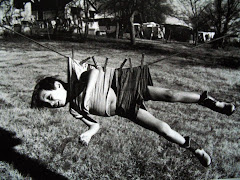
The song was about Alfred Ely Beach, the man responsible for building the New York city subway system. But the group wasn't England's Beatles. In reality it was Canada's Klaatu, a progressive rock trio formed in Toronto in 1973. The group was named after the extraterrestrial in the film The Day the Earth Stood Still.

Their most famous song was Calling Occupants of Interplanetary Craft, a version if which was covered by the Carpenters in 1977. "Occupants", to some degree, from their first album 3:47 EST and particularly the song Sub-Rosa Subway gave rise to rumours the Beatles had reformed and recorded new music. Alas, it was not to be. Klaatu disbanded around 1982.



.jpg)

































 I've always loved this guy. His growling shout and retarded-inspired air guitar mannerisms are his trade mark.
I've always loved this guy. His growling shout and retarded-inspired air guitar mannerisms are his trade mark.








 Rock-funk fusion band
Rock-funk fusion band 























